Ancient Egyptian mythology, a tapestry of rich narratives and deities, has long captivated scholars and laymen alike. Central to these myths is the concept of the Ba, a unique element of the Egyptian understanding of the soul. Unlike the common Western conception of a singular, indivisible soul, the Ba represents a specific aspect, often depicted as a bird with a human head, signifying mobility and freedom after death. This integral part of the soul was believed to travel between the earthly realm and the afterlife, maintaining a connection with the deceased’s body. The Ba’s significance in Egyptian culture is profound, symbolizing not just the continuation of life after death, but also the complex interplay of spiritual and physical existence that was foundational to Egyptian religious thought.
| Origin | Ancient Egyptian Mythology |
| Classification | Mythical Creature |
| Appearance | Often depicted as a human-headed bird with human arms and the body of a bird |
| Significance | Associated with the soul, part of the ancient Egyptian concept of the soul’s journey after death |
| Role | Represented the individual’s unique personality and identity in the afterlife |
| Mythological Role | Played a crucial part in the Egyptian belief in the afterlife and the journey to the afterworld |
1. The Concept of Ba in Egyptian Mythology
Historical Origins and Evolution
The conception of Ba in Egyptian mythology traces back to the earliest periods of Egyptian history, emerging in the Old Kingdom (c. 2686–2181 BCE). Initially, Ba was primarily associated with royalty, symbolizing the divine aspect of the pharaoh’s rule. Over time, as evidenced by texts found in pyramids and tombs, this concept evolved to encompass the broader populace. The Coffin Texts, a collection of funerary spells from the Middle Kingdom (c. 2055–1650 BCE), mark a significant expansion of the Ba concept, democratizing the idea of an afterlife and making it accessible to all, not just the royal or elite classes. Archaeological findings, such as tomb paintings and Ba bird figurines, provide tangible evidence of the evolving understanding and depiction of the Ba, reflecting its growing importance in the personal spiritual journey of individuals in ancient Egypt.
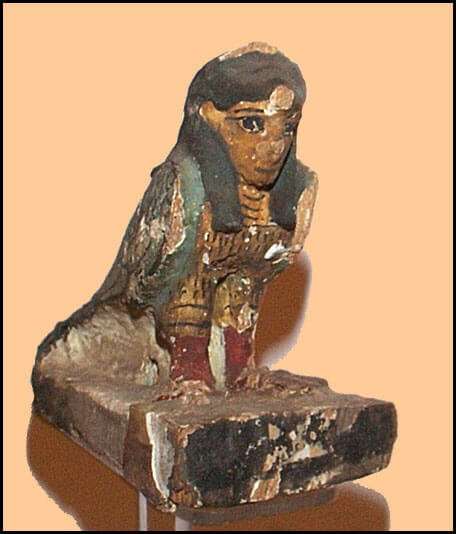
The Ba in Egyptian Religious Beliefs
In Egyptian religion, the Ba was vital for the soul’s afterlife journey. Described in the ancient Pyramid Texts, the Ba could leave and return to the tomb, symbolizing rebirth and regeneration. Essential for afterlife survival, the Ba’s nightly return to the body, as mandated by Spell 89, highlights the Egyptian view of death as a transitional phase. The Ba acted as a bridge between life and eternity. The Book of the Dead further details the Ba’s role, prescribing rituals for its safe passage and reunion with the body, a key to eternal existence. This illustrates the complex Egyptian beliefs surrounding death and the soul’s continuity.
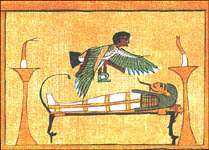
2. The Ba as the Soul Bird
Symbolism and Representation
The Ba’s depiction as a bird, specifically a falcon or a human-headed bird, is deeply symbolic in Egyptian culture. This avian form represents the Ba’s ability to travel between the worlds of the living and the dead. Egyptologists suggest that the choice of a bird symbolizes freedom and mobility, essential qualities for the journey of the soul after death. The human head on the bird signifies the Ba’s connection to the individual’s identity and consciousness, anchoring it to the human realm. According to Dr. Maria Mavroudi, a scholar in ancient Egyptian religion, this depiction is not merely artistic but a visual representation of the Egyptians’ nuanced understanding of life and the afterlife. The Ba, therefore, is seen as a bridge between earthly life and the spiritual realm, embodying the enduring essence of the individual.
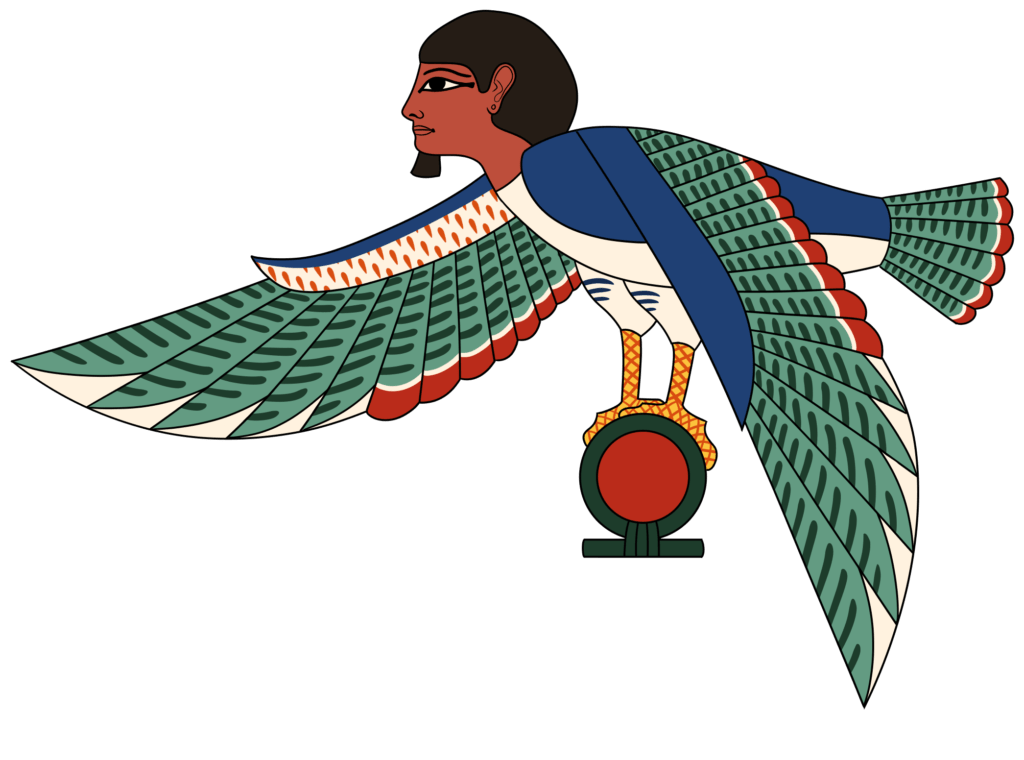
Ba in Funerary Practices
In ancient Egyptian funerary customs, the Ba played a crucial role. Egyptologist Dr. James Allen explains that the Ba would leave the tomb daily and reunite with it each night. To facilitate this journey, artisans meticulously inscribed tombs with spells and prayers from the Book of the Dead, ensuring the Ba’s protection from any perils in the afterlife. The performance of mummification and burial rites was essential, aiding the Ba in locating and rejoining the deceased, a critical step for the continuity of existence in the afterlife. Ba bird statuettes, often found in tombs, acted as physical anchors for the soul, signifying the Egyptians’ profound belief in the afterlife and the Ba’s essential role in achieving eternal life.
3. Comparative Mythology
Ba and Similar Concepts in Other Cultures
The concept of the Ba in Egyptian mythology, while unique in its details, shares similarities with soul concepts in other cultures. For instance, in Greek mythology, the concept of the ‘psyche’, often depicted as a butterfly or bird, mirrors the Ba’s representation as a soul bird. Both symbolize the soul’s journey and its transformation after death. Similarly, in Hinduism, the ‘Atman’ represents the individual soul and its journey towards enlightenment, akin to the Ba’s journey through the afterlife. Dr. Laura Zucconi, an expert in comparative mythology, notes that these parallels suggest a shared human quest to understand the soul’s fate beyond death. While each culture’s depiction is distinct, the underlying theme of a soul’s journey and transformation is a common thread, highlighting the universal human engagement with the mysteries of life and afterlife.
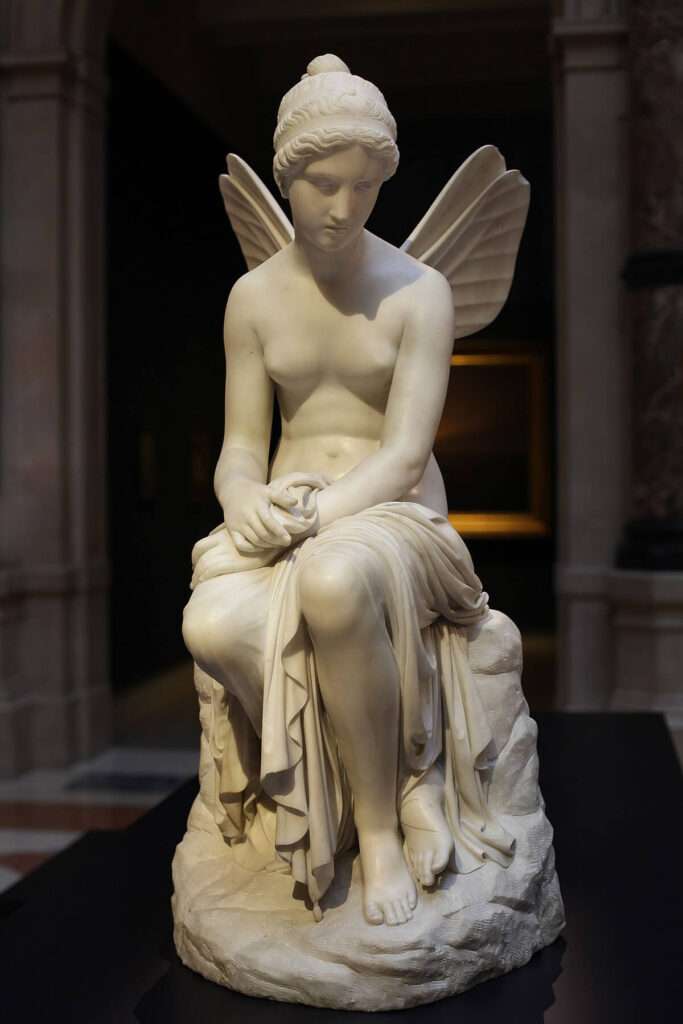
Modern Interpretations
In modern contexts, the interpretation of the Ba has evolved, transcending the boundaries of ancient Egyptian religion. Contemporary scholars, like Dr. Rachel Aronin, view the Ba as a metaphor for the enduring aspects of personality and identity, extending beyond physical existence. In psychological terms, the Ba can be seen as representing the ego or the conscious self, navigating the complexities of life and existential transitions. Modern interpretations also reflect on the Ba in terms of cultural legacy and memory. The concept of the Ba has influenced modern artistic and literary works, serving as a symbol of the enduring human spirit. These interpretations, while rooted in ancient beliefs, demonstrate the Ba’s relevance in contemporary discussions about consciousness, identity, and the human experience beyond the physical realm.
4. The Ba in Art and Literature
Depictions in Ancient Egyptian Art
The Ba’s depiction in ancient Egyptian art is both prolific and symbolically rich. One of the most notable examples is found in the tomb of King Tutankhamun, where the Ba is portrayed as a bird with a human head, hovering protectively over the mummified body of the young king. This imagery is prevalent in various tomb paintings and funerary artifacts, where the Ba often appears as a guardian of the deceased, symbolizing the enduring connection between the soul and the earthly realm. Dr. Katherine Eaton, an expert in Egyptian art, suggests that these depictions also serve as visual prayers or spells, ensuring the Ba’s safe passage and its ability to reunite with the body each night. The artistic representation of the Ba, therefore, is not merely decorative but is imbued with deep religious significance, embodying the Egyptians’ complex beliefs about death and the afterlife.
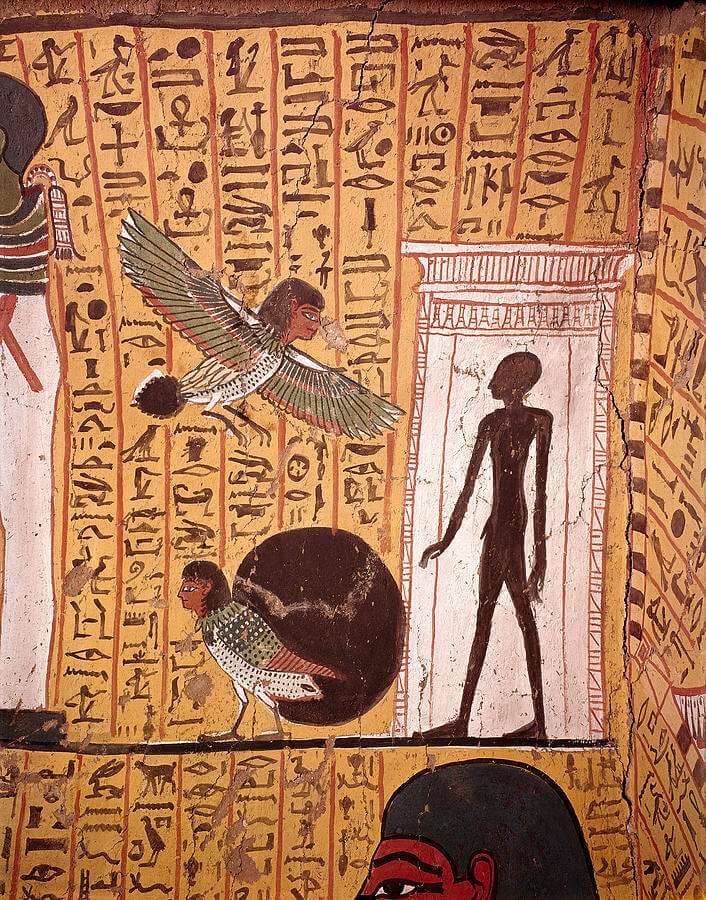
The Ba in Modern Literature and Media
In contemporary literature and media, references to the Ba, though less common, are significant in their portrayal and interpretation of ancient Egyptian beliefs. In modern novels and films that delve into Egyptian mythology, the Ba is often depicted as a mystical or supernatural element, symbolizing the journey of the soul. While these portrayals sometimes take creative liberties, they often retain the core concept of the Ba as an emblem of identity and continuity after death. Dr. Emma Browning, a cultural analyst, notes that such portrayals, while not always historically accurate, help to perpetuate interest in and awareness of ancient Egyptian culture. These modern interpretations of the Ba serve to bridge ancient beliefs with contemporary narratives, allowing modern audiences to explore and connect with the profound and enduring mysteries of the Egyptian view of the soul.
5. The Ba’s Relevance in Contemporary Culture
Philosophical and Psychological Perspectives
The concept of the Ba holds significant relevance in modern philosophical and psychological contexts. Philosophers like Dr. Helen Fisher have examined the Ba as a reflection of the human quest for understanding the self and its persistence beyond physical existence. This ancient concept resonates with contemporary existential inquiries about the nature of consciousness and identity. In discussions about the ego and the self within psychology, the Ba occasionally receives references. Dr. Richard Grant, a psychologist, suggests viewing the Ba as a metaphor for the individual’s psychological journey, representing the self’s evolution through life’s experiences and beyond. These perspectives highlight the Ba’s enduring relevance as a tool for exploring and understanding the deeper aspects of human existence and the universal questions surrounding life and death.
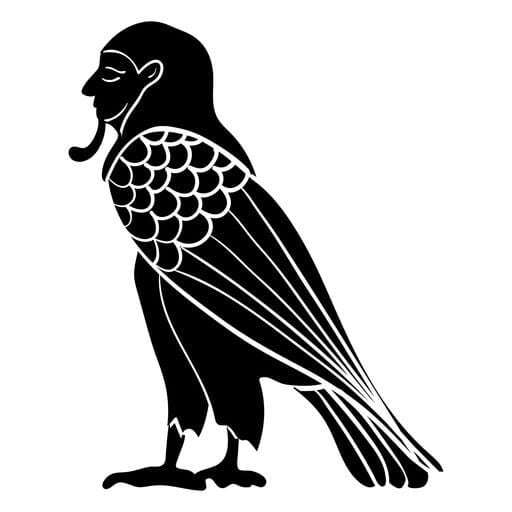
Cultural Legacy and Influence
The cultural legacy and influence of the Ba are evident in its continued presence in popular culture and spirituality. In modern spiritual practices, particularly those inspired by New Age and esoteric traditions, the Ba is often interpreted as a symbol of spiritual awakening and the transcendence of the physical self. This reflects a broader cultural interest in ancient wisdom and its application to contemporary spiritual pursuits. The Ba’s impact on modern interpretations of the soul and afterlife is also seen in artistic and literary works, where it serves as a source of inspiration and a symbol of the enduring human spirit. The fascination with the Ba and its portrayal in various cultural expressions underscores the lasting impact of ancient Egyptian beliefs on modern thought and spirituality, highlighting the timeless nature of the human endeavor to understand life’s greatest mysteries.
6. Conclusion
Throughout this exploration of the Ba, from its ancient Egyptian roots to its modern interpretations, we see a concept that has transcended time and culture. Originally a central element in Egyptian mythology, symbolizing the soul’s mobility and identity, the Ba has evolved from a royal emblem to a universal symbol of the human journey beyond death. Its depictions in ancient art and texts reveal a deep understanding of life’s transitory nature, while its modern portrayals in literature and media reflect a continued fascination with the afterlife. Philosophically and psychologically, the Ba remains a powerful metaphor for self-awareness and transformation. The enduring legacy of the Ba, manifesting in various aspects of contemporary culture and spirituality, highlights not only the richness of ancient Egyptian thought but also the timeless human quest to decipher the mysteries of life, death, and what may lie beyond.
